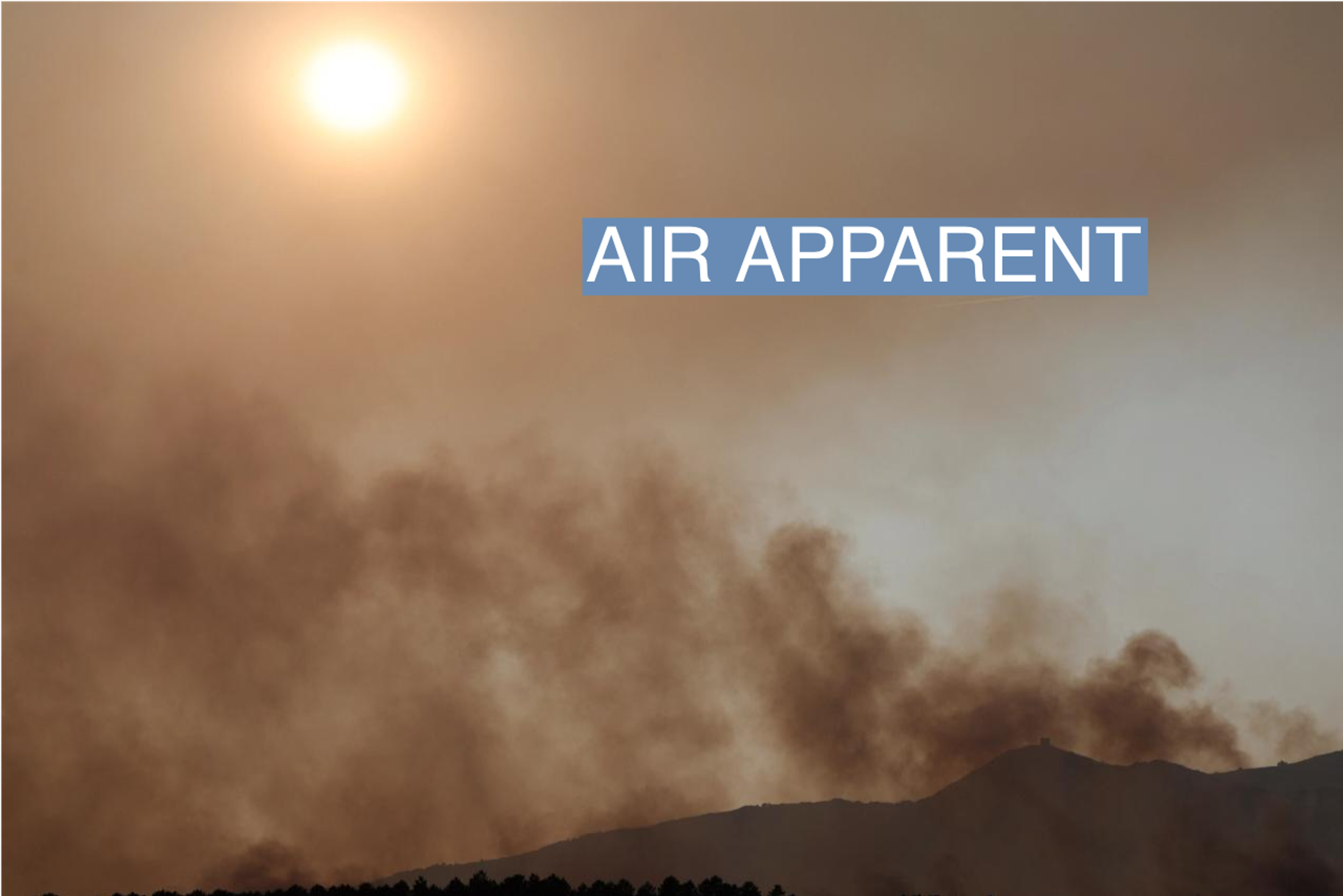The News
Before Canada’s wildfires caused New York City’s air to become one of the worst in the world, many east coasters might have been unfamiliar with the term Air Quality Index (AQI).
AQI is national standard for determining how polluted an area’s air has become. But the number goes beyond just warning you to stay inside on particularly smoggy and hazy days.
In this article:
Know More
What does the AQI measure?
There are five major pollutants that the index monitors, which are those specified by the Clean Air Act, according to the Environmental Protection Agency. These include:
- Ground-level ozone
- Particle pollution (or particulate matter)
- Carbon monoxide
- Sulfur dioxide
- Nitrogen dioxide
These substances are known to harm human health and are major contributors to environmental damage by causing events like acid rain. The EPA sets a baseline level of just how much of these substances can be found in the air before contributing to human and ecological health consequences.
What does the number mean?
The AQI number you see on your phone doesn’t actually correspond to a measurement, like temperature, for example. Instead, it’s just a combined calculation of how much of each pollutant is found in the air: the higher the number, the more polluted the air.
The numbers are categorized into colors to illustrate which groups of people should take precautionary measures:
- Green/Good (AQI 0-50): Air quality is healthy.
- Yellow/Moderate (AQI 51-100): Air quality is acceptable, and only those who are very sensitive to pollution should be concerned.
- Orange/Unhealthy for sensitive groups (AQI 101-150): Air is visibly polluted, but won’t affect the general public. Those sensitive to air pollution will start feeling effects.
- Red/Unhealthy (AQI 151-200): Pollution will begin affecting the general public. Those more sensitive may experience more serious health problems.
- Purple/Very Unhealthy (AQI 201-300): General public at risk of experiencing serious health problems. Staying indoors becomes essential.
- Maroon/Hazardous (AQI 301-500): Entire population at risk of severe health consequences. Considered a public health and environmental emergency.
How is the AQI measured?
Both ground instruments and satellites are used to collect data about air quality, with satellites particularly helpful for tracking the density and spread of particulates.
The View From Mexico
The U.S. AQI is not based off a universal system, and every country and non-governmental party generates their alert system based on different standards. Mexico, for example, has an AQI rating specific to Mexico City, once considered the world’s most polluted city by the United Nations.
Although meteorologists, climatologists, and city planners all monitor the same substances the EPA does, the index is different because of the city’s geography and high-altitude, meaning pollutants like fuel do not combust fully and can contaminate the air more. This has pushed Mexico City to adopt stricter AQI standards when enacting restrictions like limiting driving.
Room for Disagreement
IQAir, a Swiss company that develops air pollution mitigation technology, argues that the U.S. AQI is actually sub-par to the World Health Organization’s standards because the EPA heavily relies on and adheres to outdated research.
“The U.S. EPA’s more dated standards for ’good' are not good enough to protect human health,” the company said.

